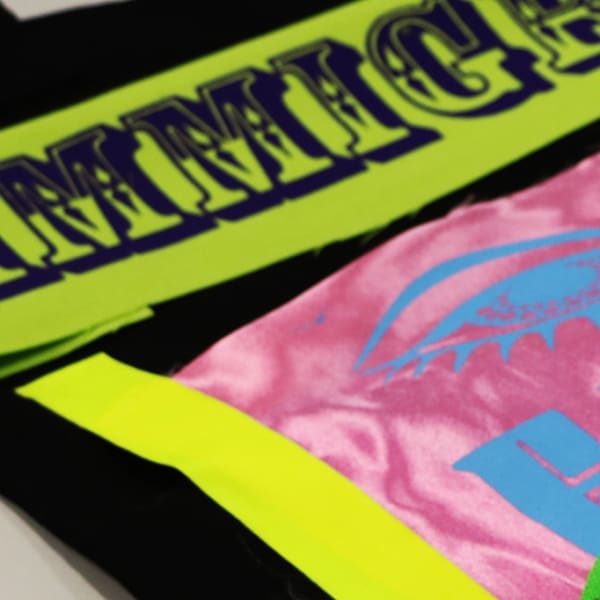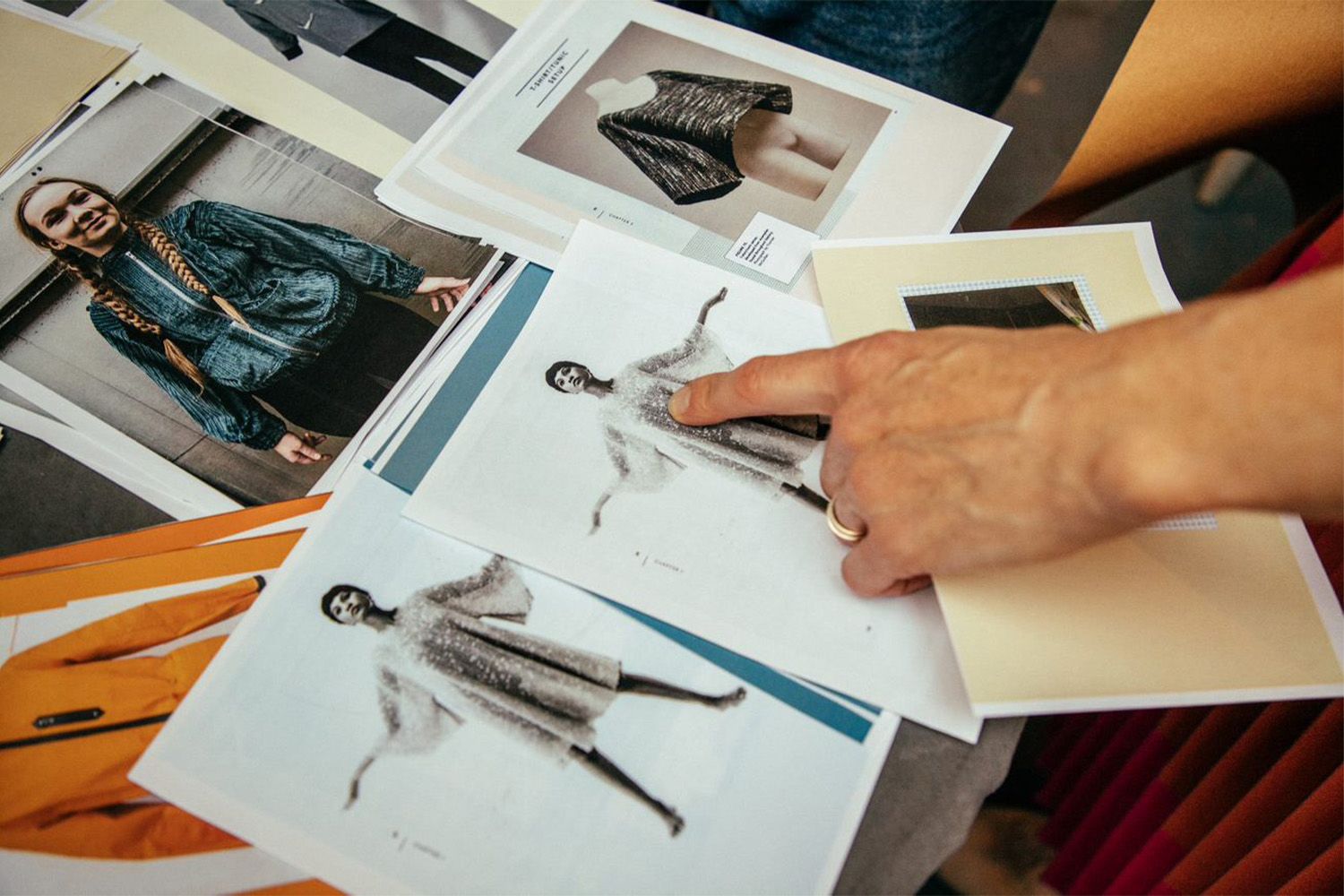
How sustainable initiatives are shaping the fashion world

- Written byCarys Thomas
- Published date 01 August 2022

The fashion industry accounts for around 8-10% of the world’s carbon emissions and is one of the biggest global polluters. With the effects of the climate crisis now increasingly apparent, it is clear that the industry must improve the way it does business – and fast.
But it isn’t all bad news. In recent years the fashion industry has shown that it has the potential to lead the way to real, productive change in sustainable solutions. Sustainability has become a major focus for global fashion brands and consumers alike, and recent data suggests that UK consumers are now more interested in sustainable fashion brands and products.
But how is the fashion industry changing to meet sustainability targets? And what can consumers and brands do to make a positive change?
In this guide, we’ll explore how sustainability is changing the world of fashion and hear from art director and stylist, Alice Wilby. Alice currently teaches on our Sustainable Fashion Short Course at Central Saint Martins.
Paving the way for change
Research suggests that many of us are keen to make better choices when it comes to our wardrobes. According to Google Trends, search interest for ‘sustainable fashion’ and 'sustainable clothing' dramatically increased in 2020.
“Sustainability is no longer a trend,” says Alice, “the implementation of ethical and environmentally friendly production, manufacturing and clothing lifecycles are not only vital for the future health of the planet, they are increasingly being demanded by customers too.”
Fashion brands and businesses have a responsibility to consider factors like ethical production, fabric selection and energy resources in order to minimise their carbon footprint. "All industries are going to be affected and many reshaped by the changes we will see to our planet, ecosystems and the climate," Alice explains. "Agriculture, the fossil fuel industry and the big chemical sectors are all entangled with our fashion systems."
“The impact that customers and activists are having on the fashion industry is exciting because brands are finally taking notice,” says Alice. “Now, more than ever, consumers want clothes that do no harm.”
Building a circular economy
Improving current practices in fashion is essential in the fight against climate change. As Alice notes, "transforming fashion can help secure our future. As David Brower once said, 'there is no business to be done on a dead planet.'"
In order to cultivate a more sustainable approach to fashion design and production, fashion brands should aim to move towards what is described as a ‘circular economy’. The term ‘circular economy’ refers to a model of production and consumption that involves sharing, reusing and recycling existing materials to extend product life cycles. Read more about key sustainability terms in our guide on breaking down sustainability terms.
Many high street fashion brands such as Zara, H&M and Levi’s now offer recycling schemes and collection points where consumers can take unwanted clothing to be recycled. These schemes mean that it is possible to extend a garments life cycle and reduce the potential for waste.
The rise of second-hand shopping platforms like Depop, Vinted and Ebay in recent years also points to a move towards slow living, as consumers take the first steps to a more sustainable future.
The rise of sustainable fashion
Sustainable fashion refers to clothing that is designed, manufactured and produced in line with sustainable production processes. This includes consideration of factors like fabric or material selection, energy resources, transportation and packaging. Unlike fast fashion which is designed for quick consumption, sustainable fashion prioritises quality and longevity.
There are many successful sustainable fashion brands which each prove that change is possible. “Christy Dawn is a favourite brand of mine because they are committed to regeneration not just sustainability,” says Alice. “Regenerative agriculture is vital to the future health of people and the planet as it sequesters carbon from the atmosphere, regenerates top soil and biodiversity and supports local communities."
Using organic materials and biodegradable dyes, repurposing old stock and avoiding harmful chemicals can make a big difference. Sustainable fashion brands should be transparent about the processes and materials used in production. As Alice notes, “public knowledge on what goes into the products we buy is often very low, so transparency and knowledge sharing is key.”
Read more about how to start a sustainable fashion business.
Knowledge is power
Would you like to learn more about sustainable fashion? Our Sustainable Fashion Short Course offers students a broad overview of the fashion industry and is a good option for anyone looking to expand their knowledge of the area.
The course covers a range of topics from textile fibre production to the globalisation of fast fashion from a sustainability point of view. Students finish the course with a handbook of information and gain an understanding of the fashion supply chain.
"For me personally, this course was the most incredible, eye-opening experience," says former student, Maya B. "It is led by really interesting, knowledgeable and extremely passionate people. It makes you think about the consequences of your product and its effect on the environment, as well as how you can better it. I left the course feeling so inspired."
Fancy trying something new? A short course is a great place to start. Take a look at our full schedule of short courses starting soon to find out what’s coming up.
